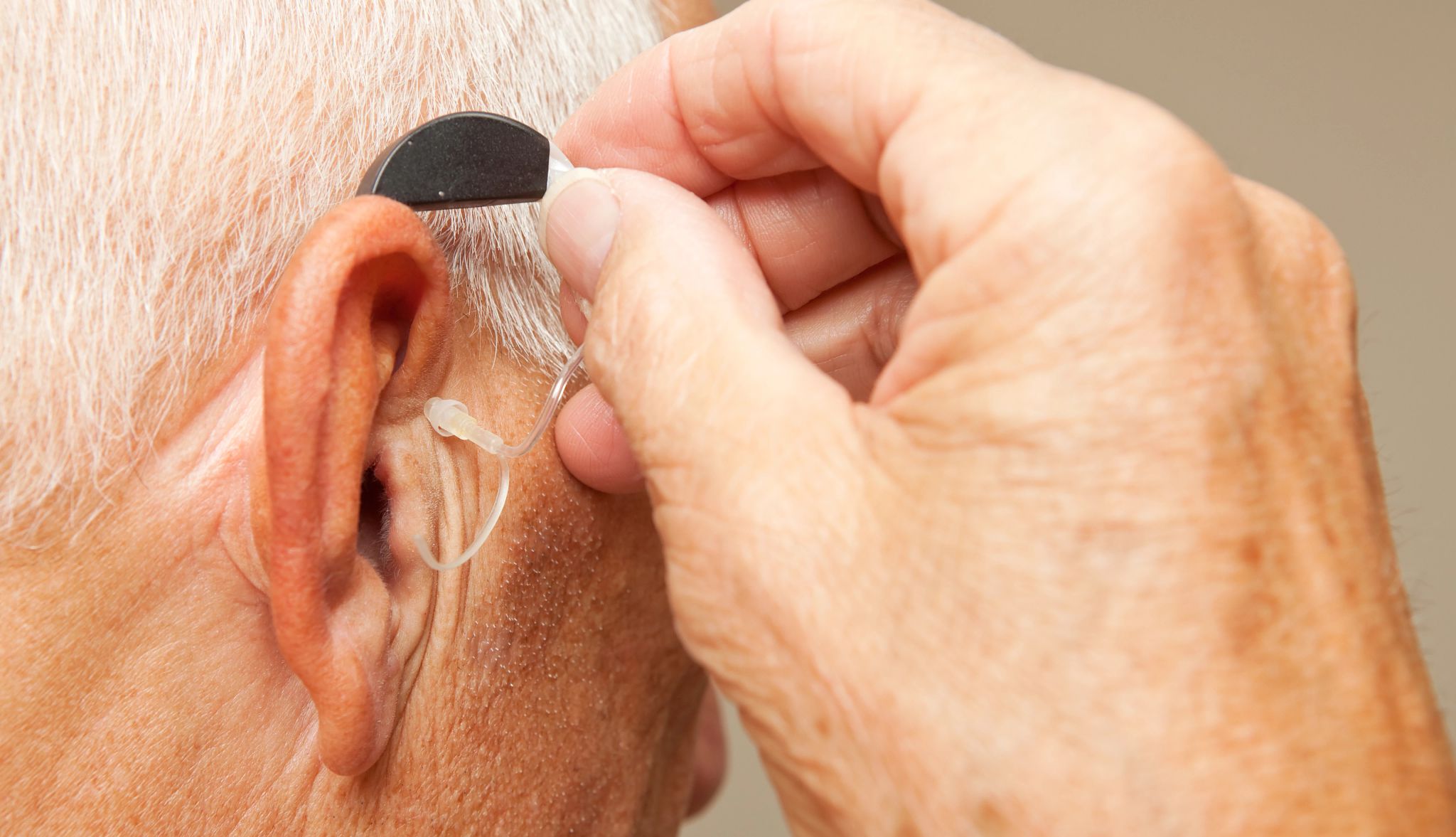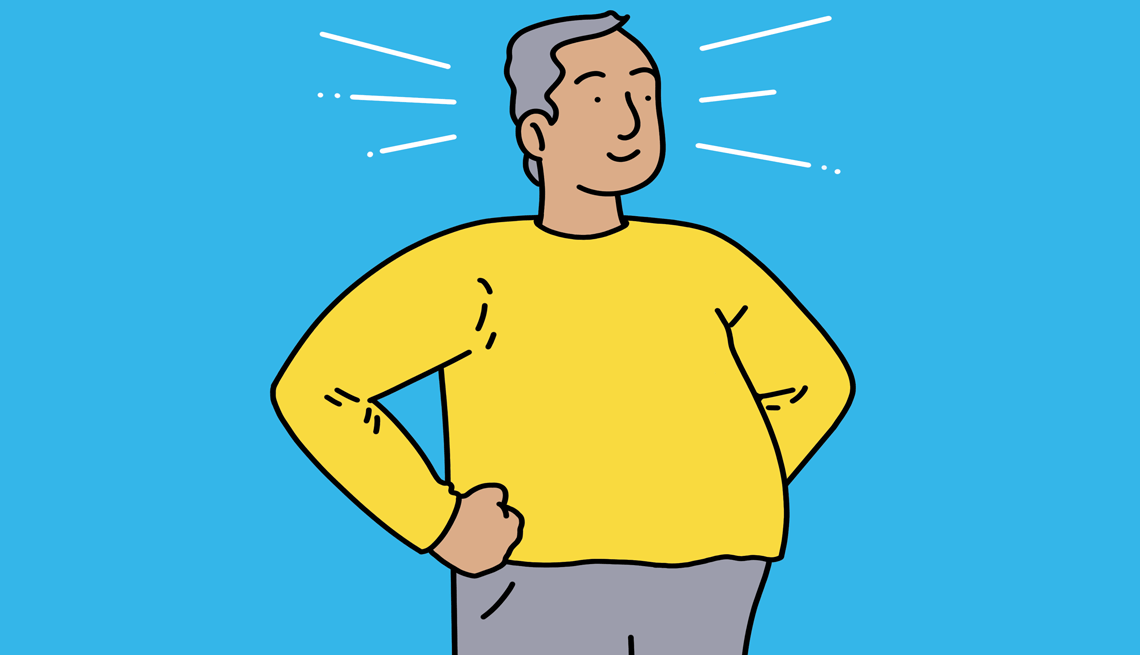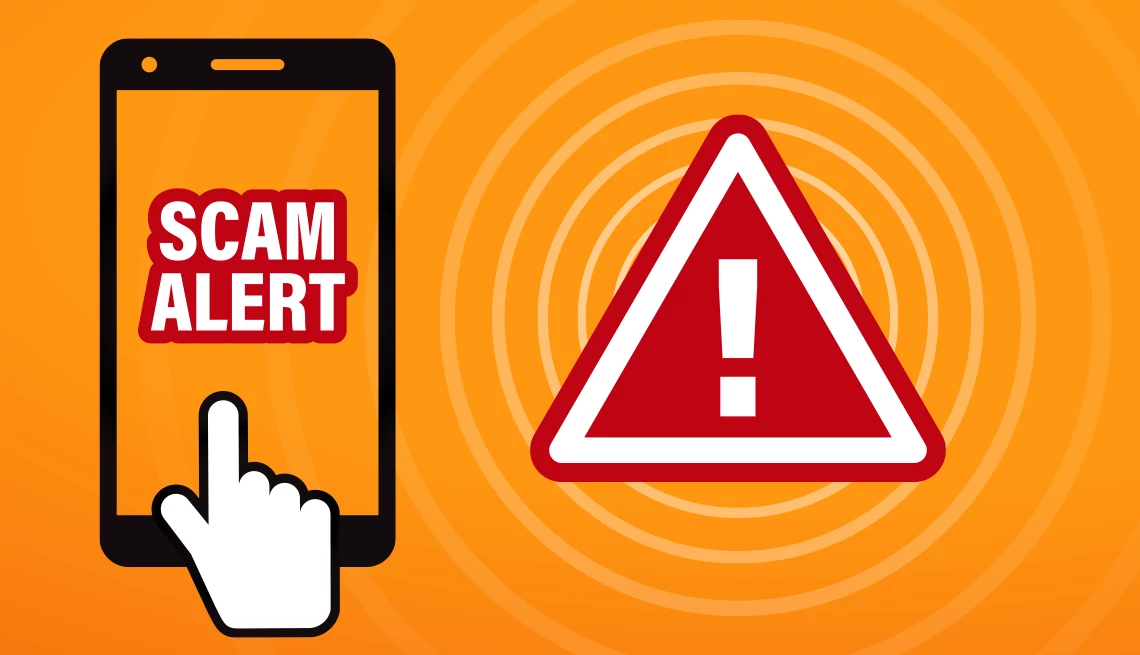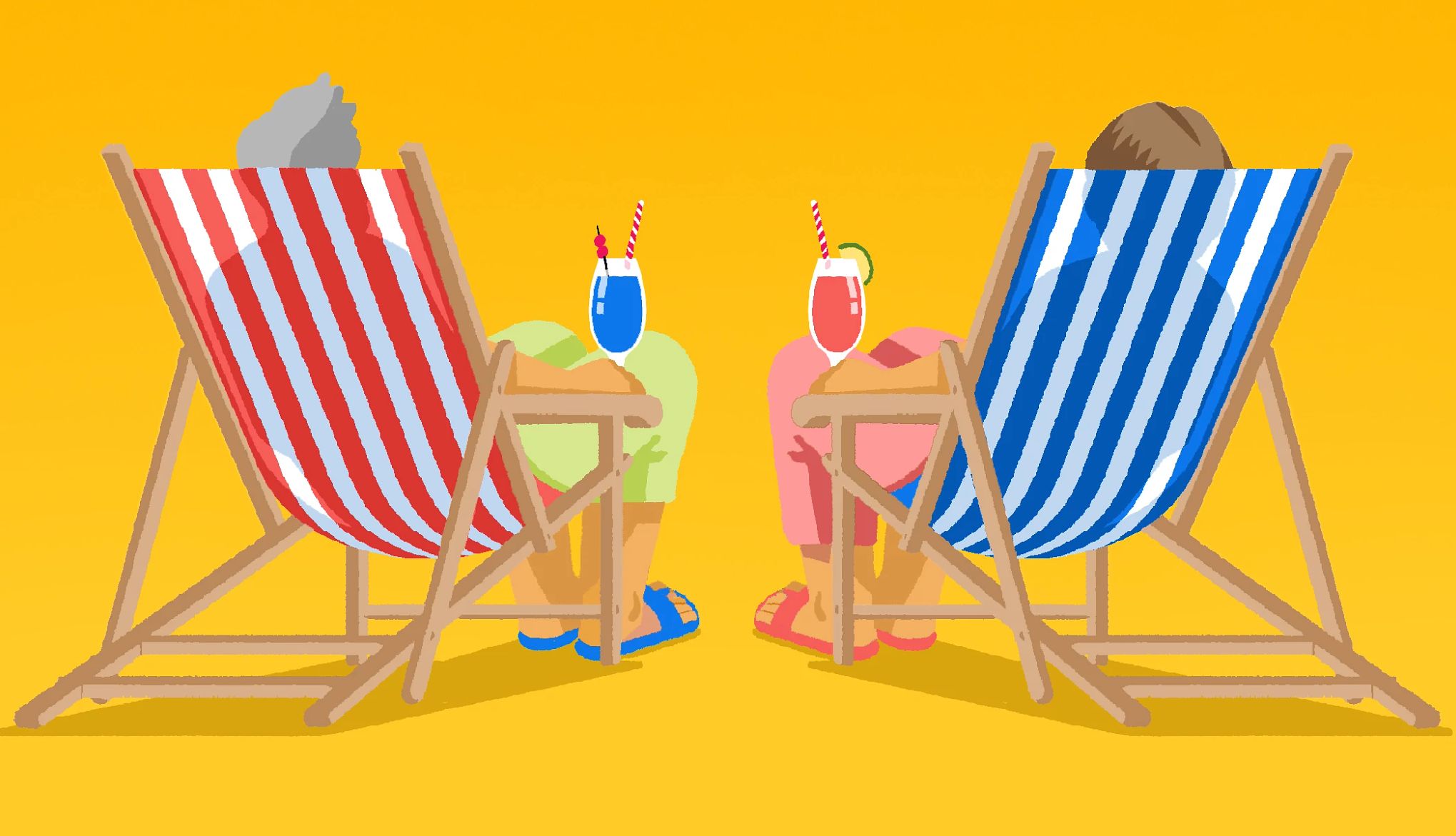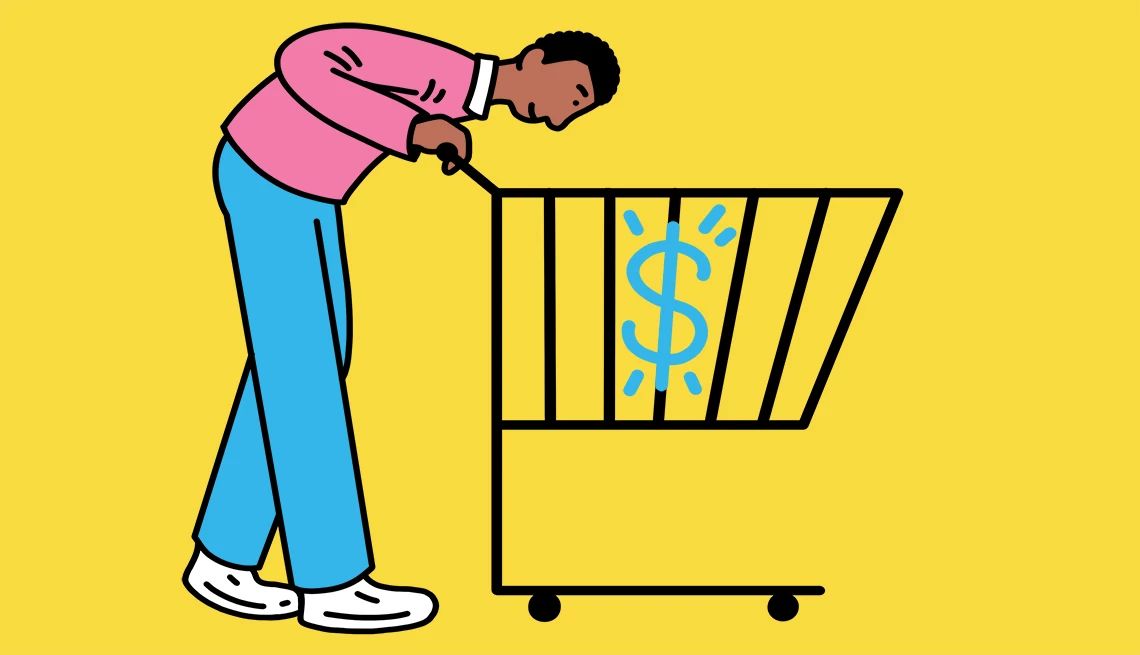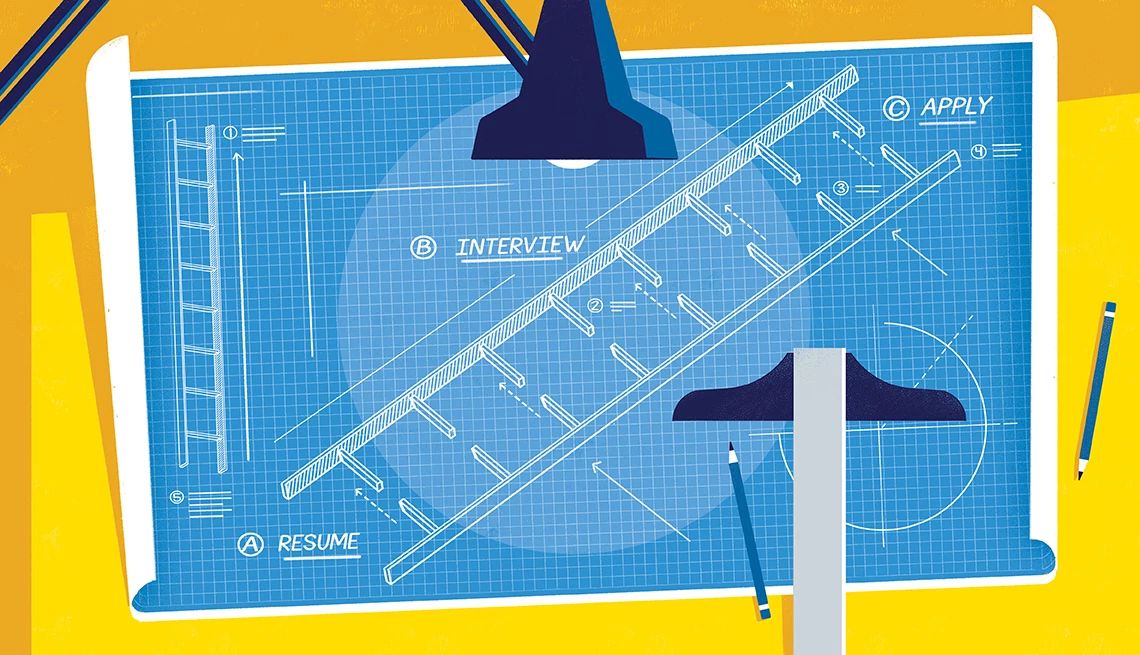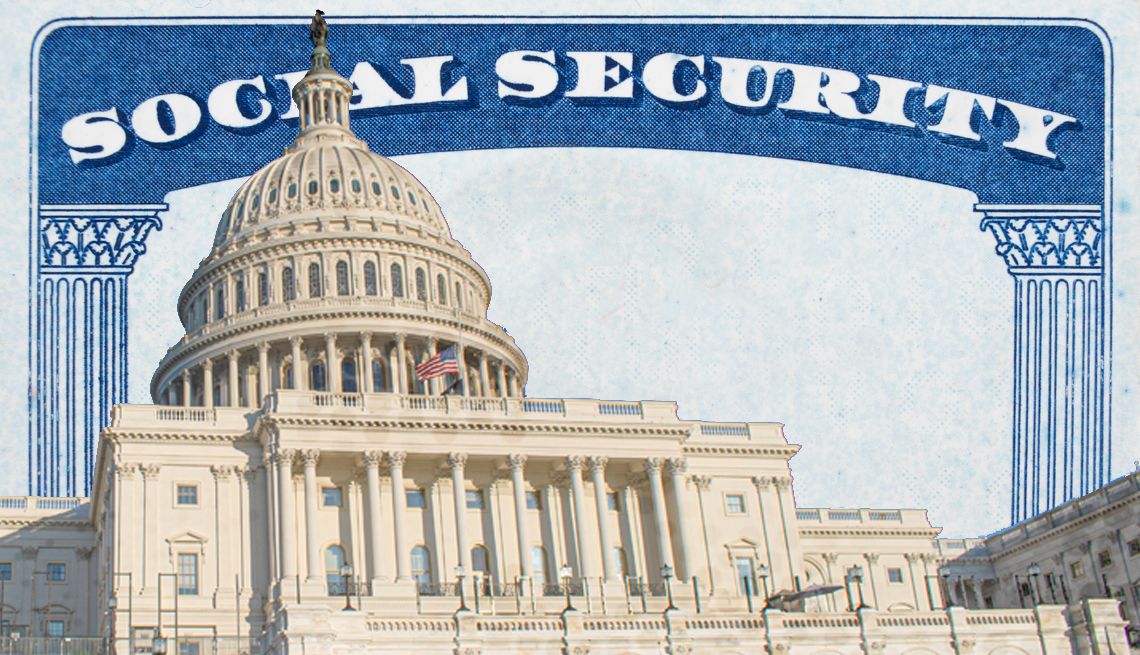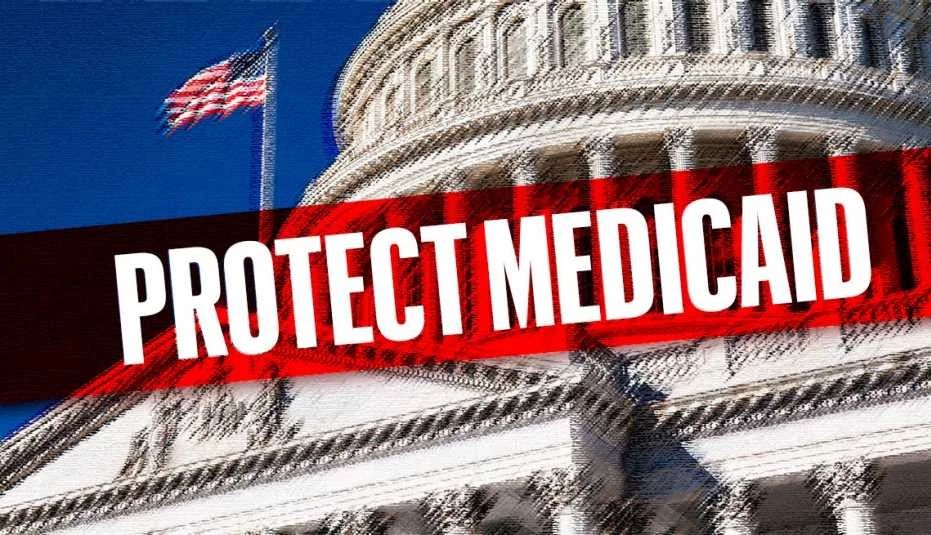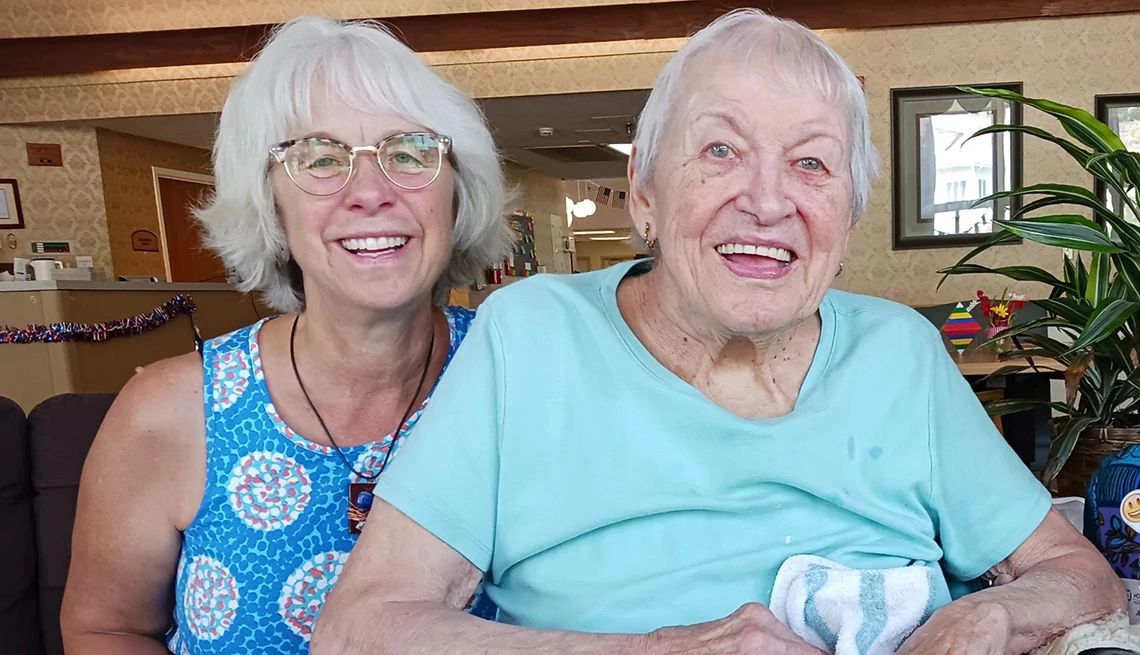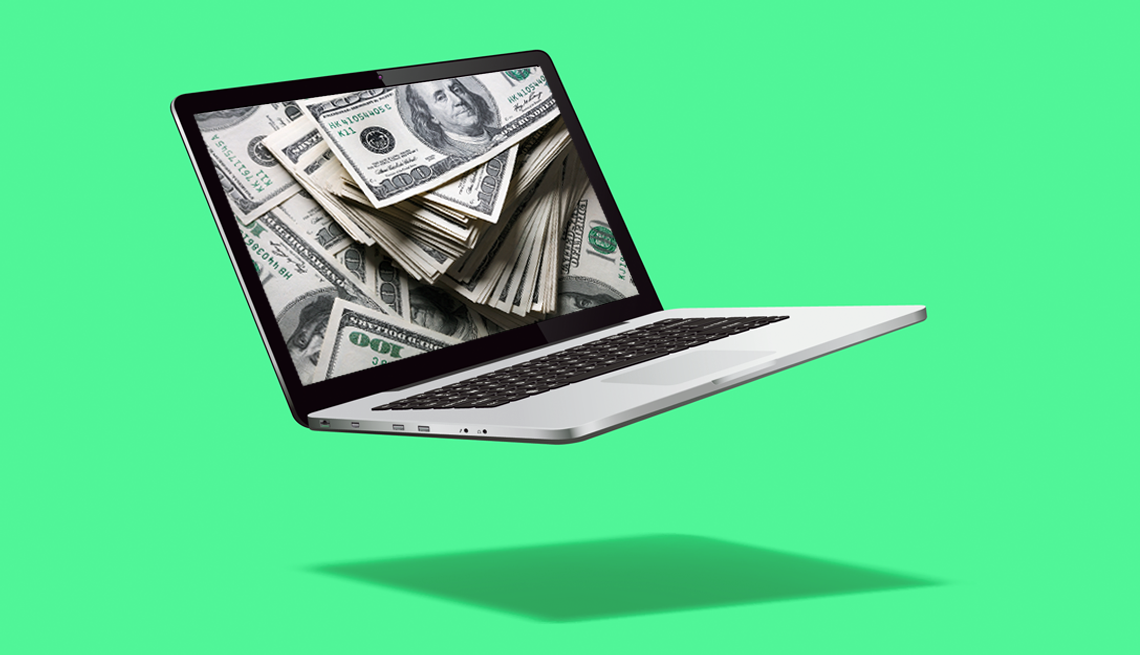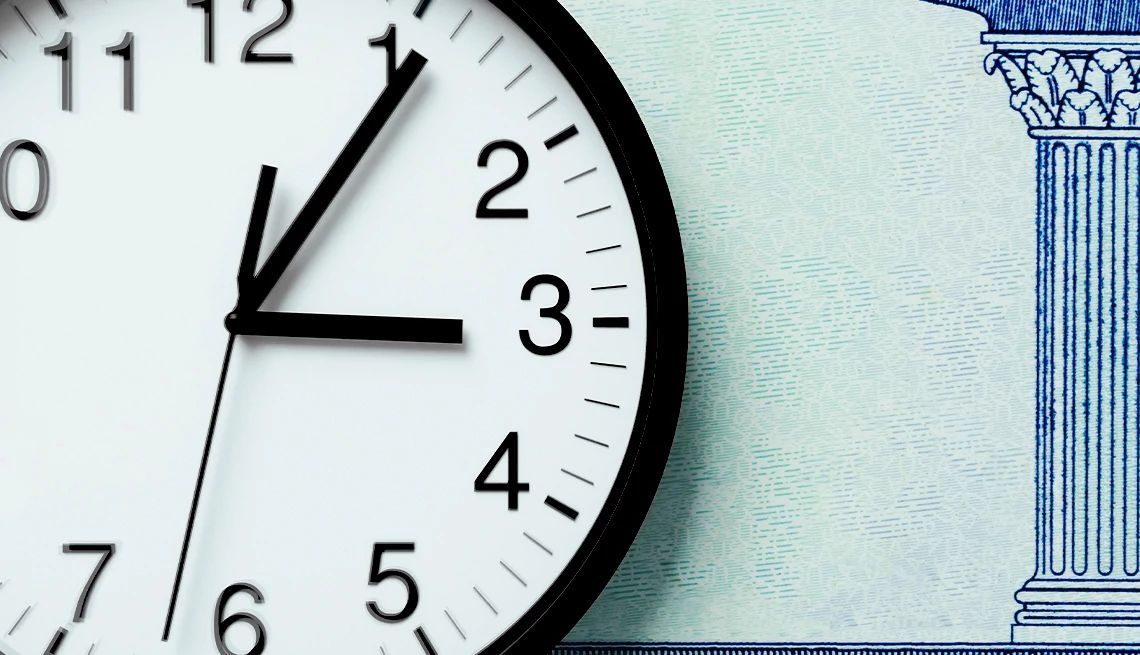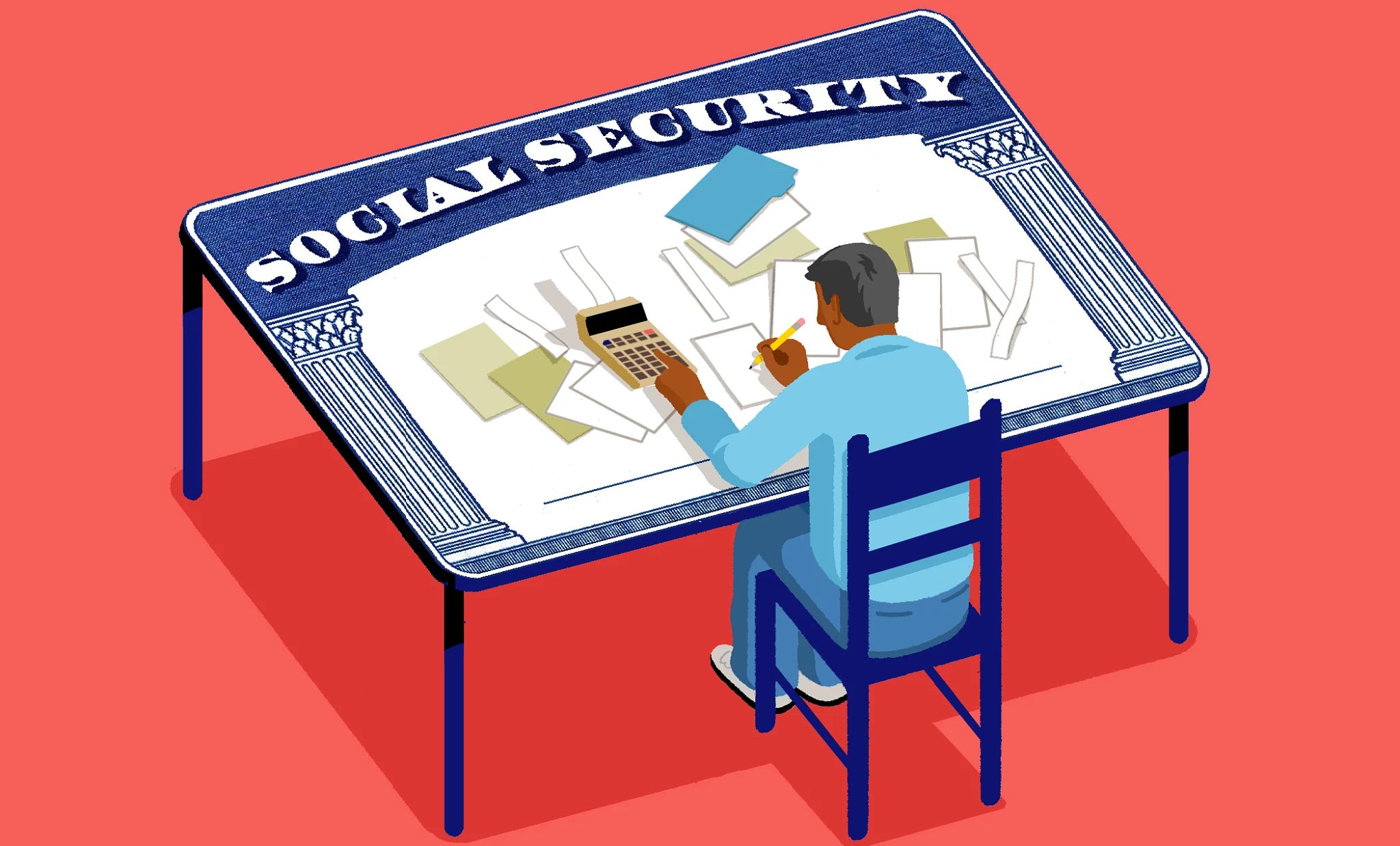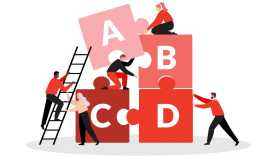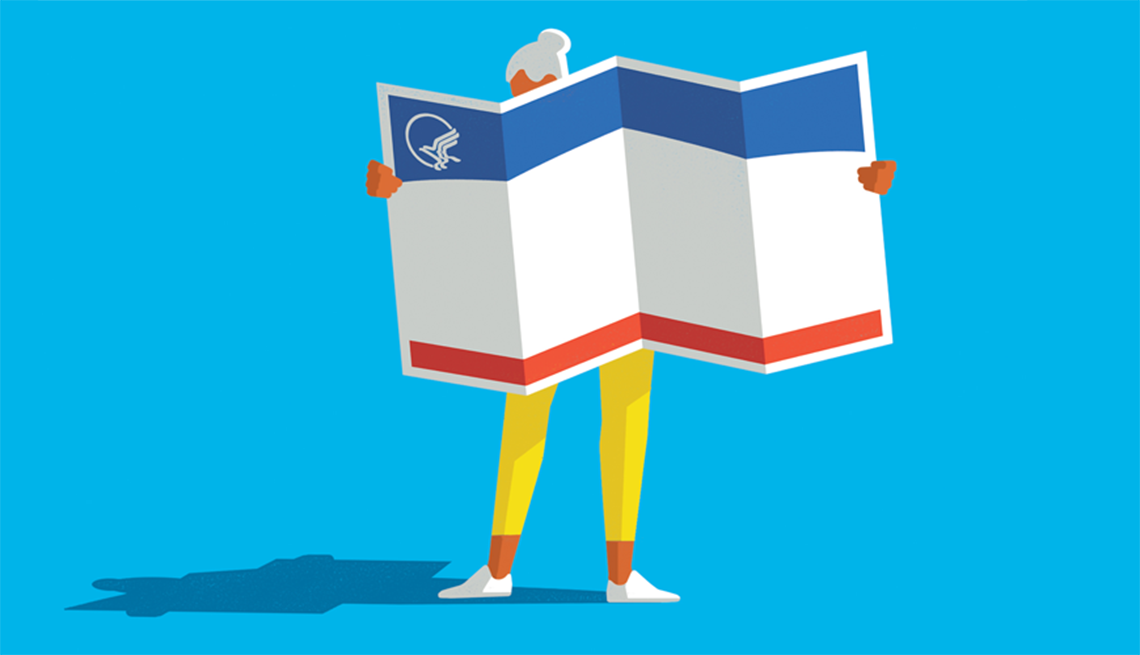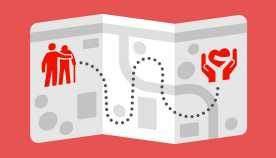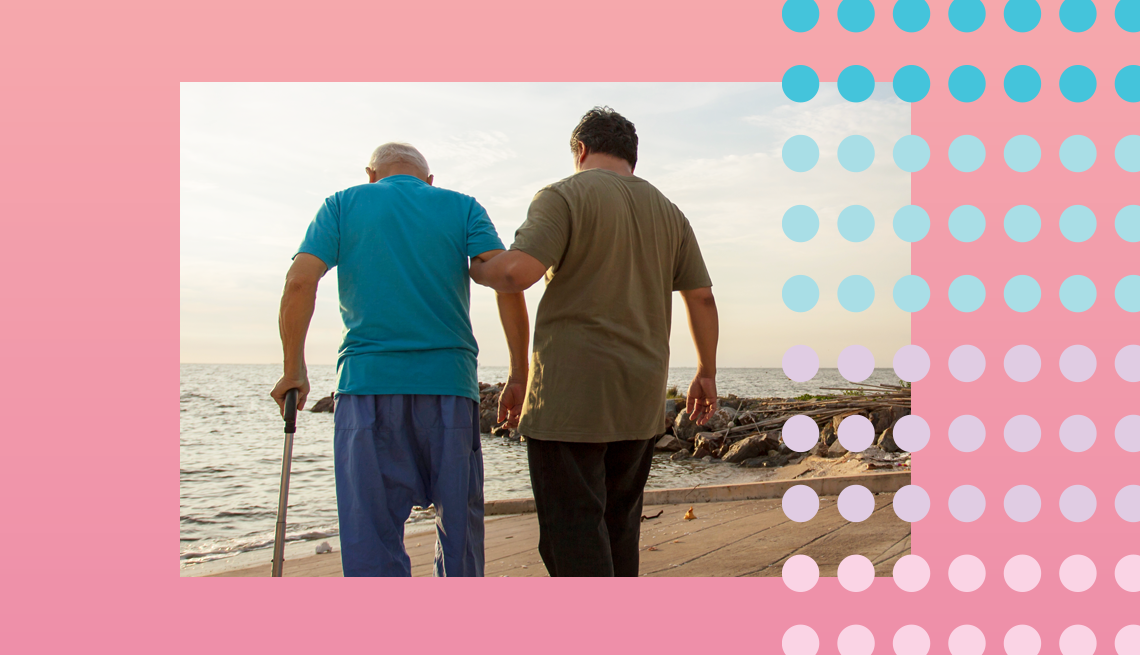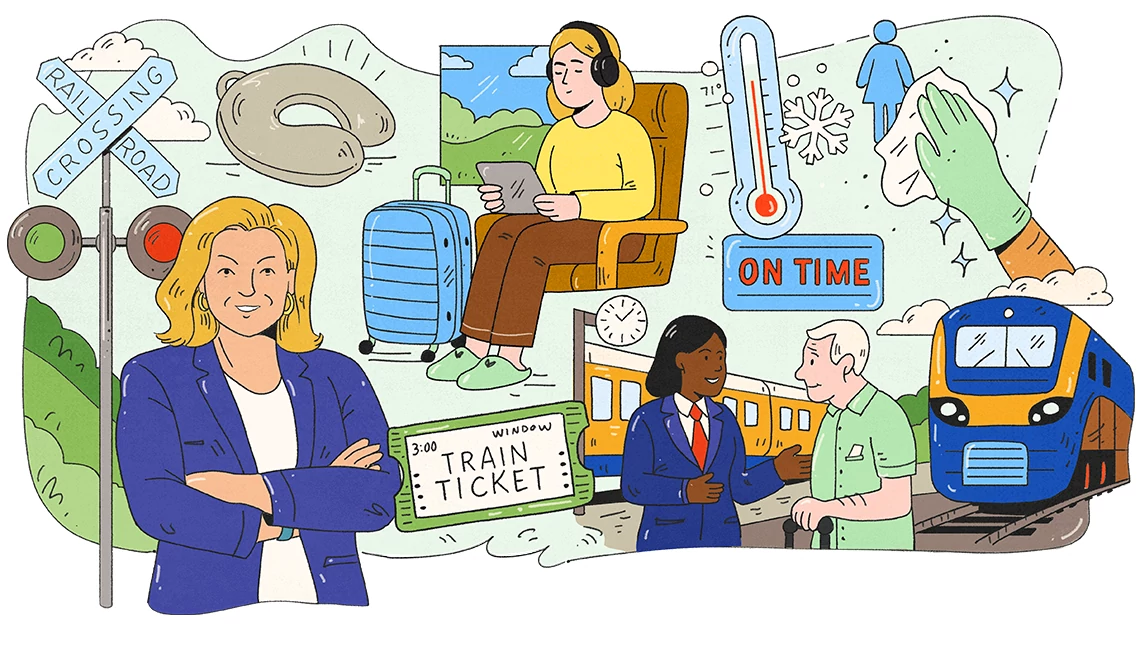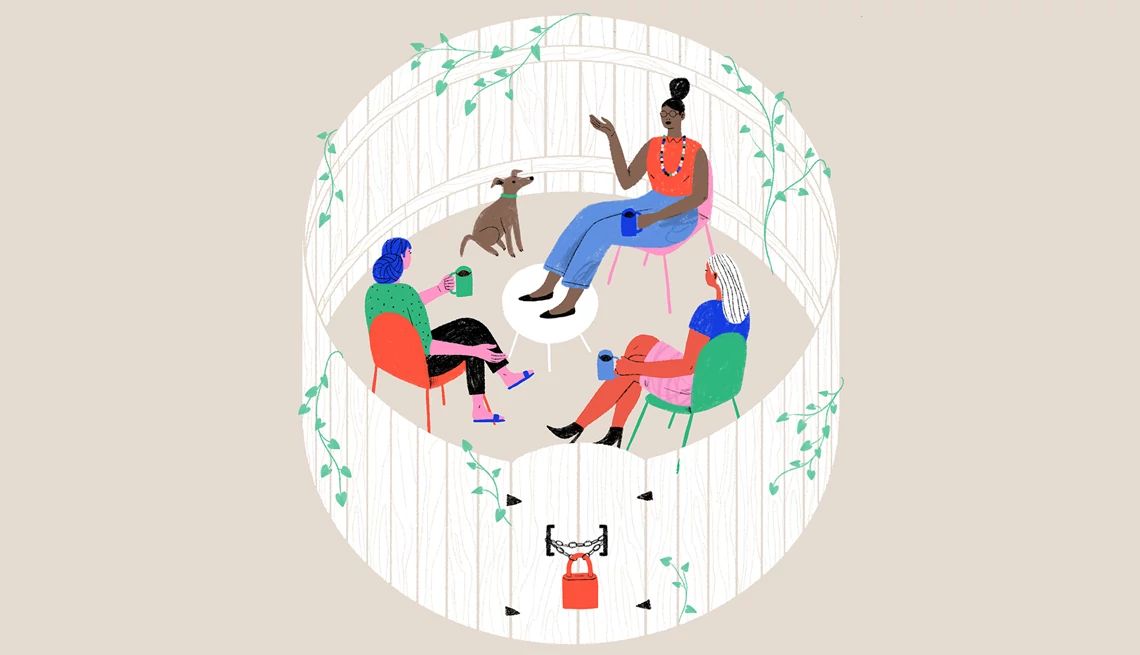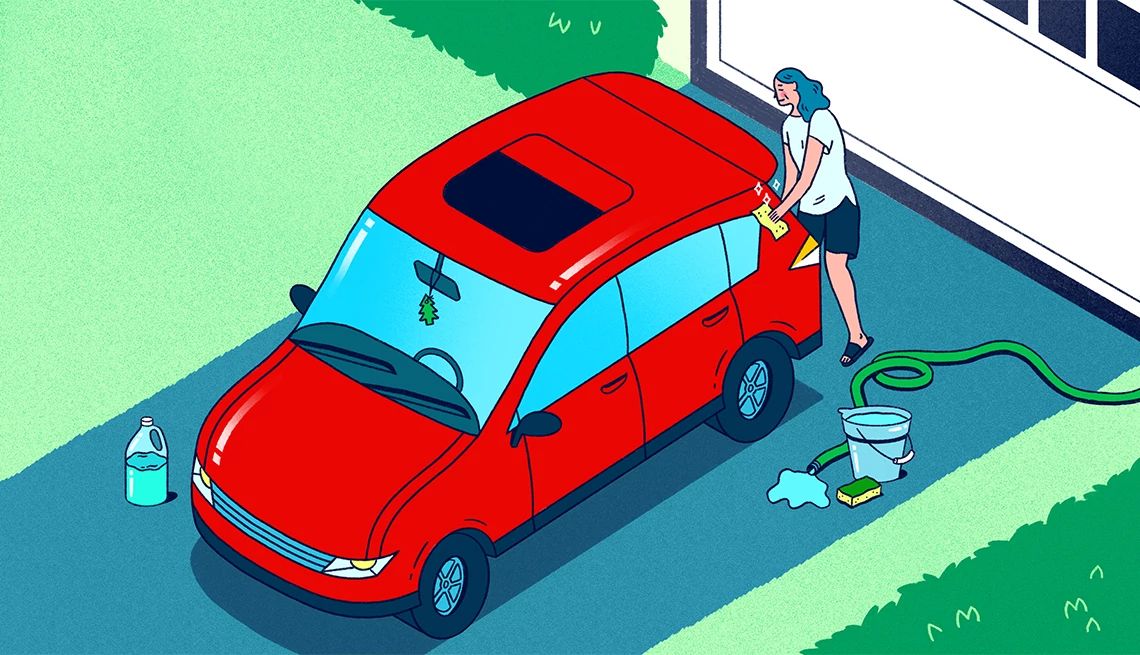AARP Hearing Center

The Big Trade-Off: No Property Tax, But a Steep Sales Tax in Wyoming?
How do you feel about the idea of paying 20% sales tax when you buy a car? Would you be willing to do so if it meant you didn’t pay property tax anymore?
Is this a common sense approach to pay for local services, or a straight line to a state income tax?
That’s the calculus being run right now by some in the State Legislature. No state has ever fully removed property tax from its tax recipe, but on June 3 in Gillette, The Wyoming Legislature’s Joint Revenue Committee voted to ask the Legislative Service Office to draft a bill that would lead to the removal of property tax from state laws.
This isn’t an entirely new idea. Several states have considered the concept, most often at the behest of outside interests. Wyoming is no different as a Texas-based outfit is pushing the idea in the Cowboy State year. The battle cry is to stop paying the government rent to live on your own land.
At first blush the idea sounds great. Do away with a clunky assessment schedule, confusing exemptions, and keep a few thousand dollars in your pocket while keeping the government out of your business.
Let’s dig a little further…
A Lesson From Nebraska: The EPIC Plan
Nebraska went down this road last year. The proposal was called the EPIC plan. The idea was to raise its sales tax to 7.5% and do away with all property tax. The conservative Tax Foundation is considered the tops when it comes to tax policy research, especially at the state level. Its research found The EPIC plan’s proposed 7.5% calculations too low and claimed it would take a 21.6% tax rate to make a consumption tax fill in the financial gaps that loss of property tax would create in the Cornhusker State and keep in-mind Nebraska already has state income tax paying some of its bills.
The Tax Foundation also found that because local taxing entities like cities and counties would lose some of their funding from property tax, local governments would likely have to impose their own sales tax to keep plows on the roads and provide other services. The Tax Foundation research also assumes the state’s border towns would see sales dry up as residents flooded neighboring states to buy items with lower sales tax. All this and the report surmised the anticipated economic benefits of the plan were unlikely to materialize.
No. The EPIC proposal did not pass.
During last week’s meeting in Gillette, Wyoming’s tax experts in attendance did some back-of-the-napkin math in the hallway and the assumption was to make up for the lost $2 billion in school and local funding (remember, no property tax goes to the state), Wyoming’s sales tax would likely end up around 20%. There is no hard data on this, so we are left to make assumptions, but at 20% sales tax it doesn’t take long to get to the $2,000-3,000 you are paying in property tax right now. Consider the fact the average used car price in the US is currently $25,128. An extra 20% on top of that number gets you a sales tax bill of over $6,500. Need a new truck for the ranch? Triple that number and swallow hard as you write that check.
If we paid for state and local services using a consumption-based tax methodology, we would likely start the process by adding sales taxes on groceries, medicine and services like going to the doctor, or your lawyer for estate planning. Or, maybe go down the road of gross receipts tax which sees a small tax added every time an item changes hands. As a state, we’ve looked into a few times over the last decade and the consensus is that it would add cost to products as well. Think of it like this - if you take a raw item like milk directly from the cow and sell it to a processor, that transaction is taxed. If the milk then goes from processor to distributor, that transaction is taxed. A grocery store then buys the milk and that transaction is taxed, and when you buy the milk the transaction is taxed again. Those taxes add up as your checking account balance goes down.
Then again, it might just be simpler to look into a state income tax. Nationwide there are eight states without an income tax. Among those who do have an income tax, California’s is 13%, all the way down to Arizona’s 2.5%. The average seems to hover around 4%, however even this method isn’t straightforward as some states have a graduated tax rate and others a flat tax rate.
Property Tax and the Services That Help Seniors Stay Home
In Wyoming, property tax brings in $2 billion to different levels of local government each year, with none of it going to the state. Remember, education gets 72% of all property tax, 18% goes to counties, and the rest to cities, and towns, as well as other special districts like rural fire districts. A Rapid City-based advocate for abolishing property tax told me last week AARP should support removal of property tax because it would help seniors stay in their home. While the talking point may resonate with some, it’s important to realize property tax payments in Wyoming actually help older adults age in their homes already. Here are a few examples:
- No single issue impacts an older adult’s ability to stay out of the nursing home as being able to find transportation. Once you can’t get to the grocery store, or the doctor, you simply can’t stay home any longer. Wyoming’s local communities use federal funds to pay for 65% of Title III-B funding that goes to older adult transportation programs through local transit and senior centers, but 27% comes from local taxing entities (through property tax) like cities, towns, counties, senior healthcare districts, senior center districts and the like. Over 1,500 citizens in Wyoming used Title III-B transportation services in 2024.
- A few years back Wyoming had the highest number per capita of folks eating congregate meals at senior centers and the second highest rate of older adults taking home-delivered meals in the nation. That is over half a million meals in senior centers each year and over 840,000 home-delivered meals in your state. The state pays for 5% of the required 15% local match with the local’s 10% coming from property tax.
- Wyoming Home Services offer direct care to those who are likely to need nursing home care sooner-than-later. These are largely state dollars (71%), but don’t lose sight of the 21% local matching funds required to deliver services for the 1,400 people who were served a year ago with everything from medication management, basic tasks around the house for those who can’t perform them in their home anymore, visits from medical personnel and more.
Seventy-five percent of older adults want to stay in the home as long as they can and that is good for the taxpayer too. Wyoming’s Medicaid program pays for 68% of the nursing home beds in the state for those who need a nursing home level of care, but cannot afford it. The state’s bill for long term care comes out to around $170 million per year.
Property taxes hurt because they show up as a large number twice-a-year and are very vulnerable to changes in the housing market. There are absolutely folks who are struggling to pay their property taxes and our legislator has done well to consider methods for offering those folks relief the last two sessions. Our system is confusing, assessment appeals processes are far from simple, and the Legislature is right to keep examining the system to be sure we are providing the services its citizenry requests at the lowest possible cost and in the simplest manner. To that front, we encourage the Revenue Committee to keep considering options for change and simplicity. However, a move from property tax to consumption tax is a classic case of throwing the baby out with the bathwater.




